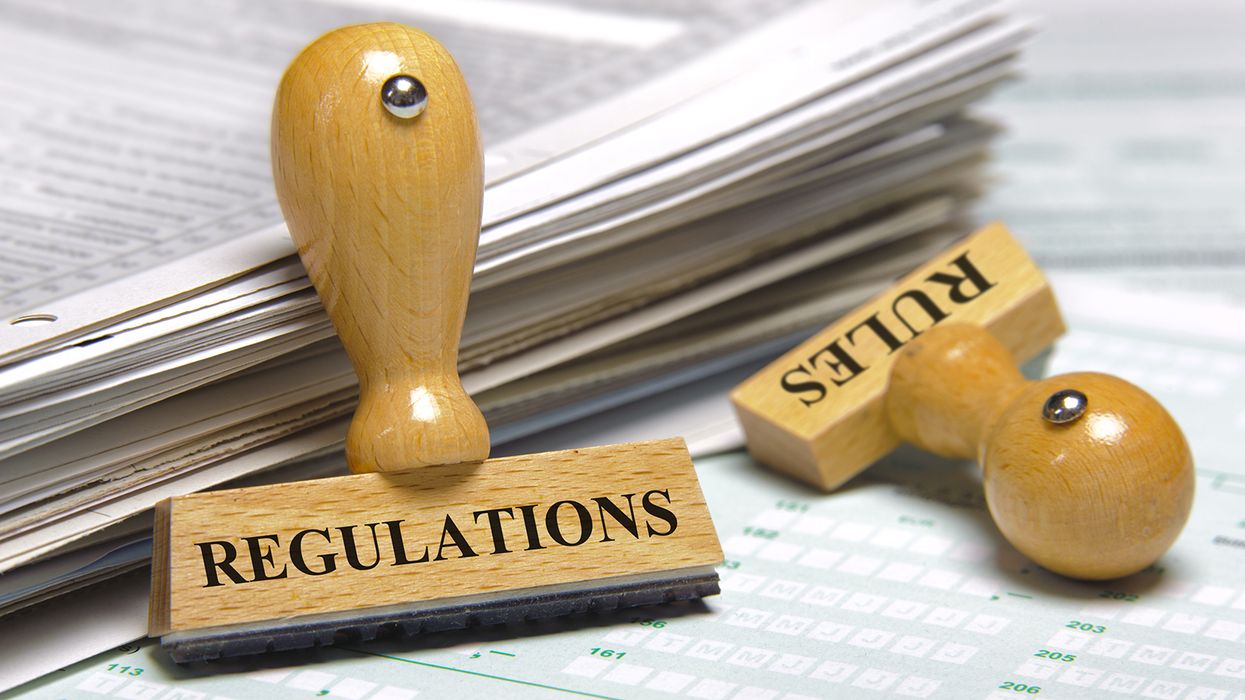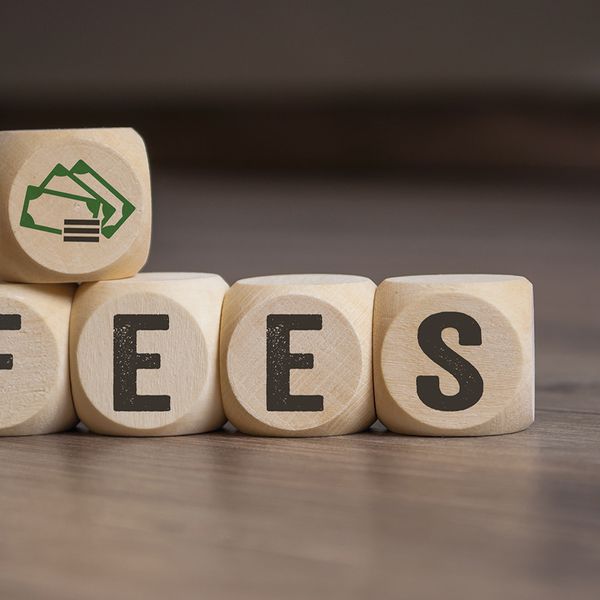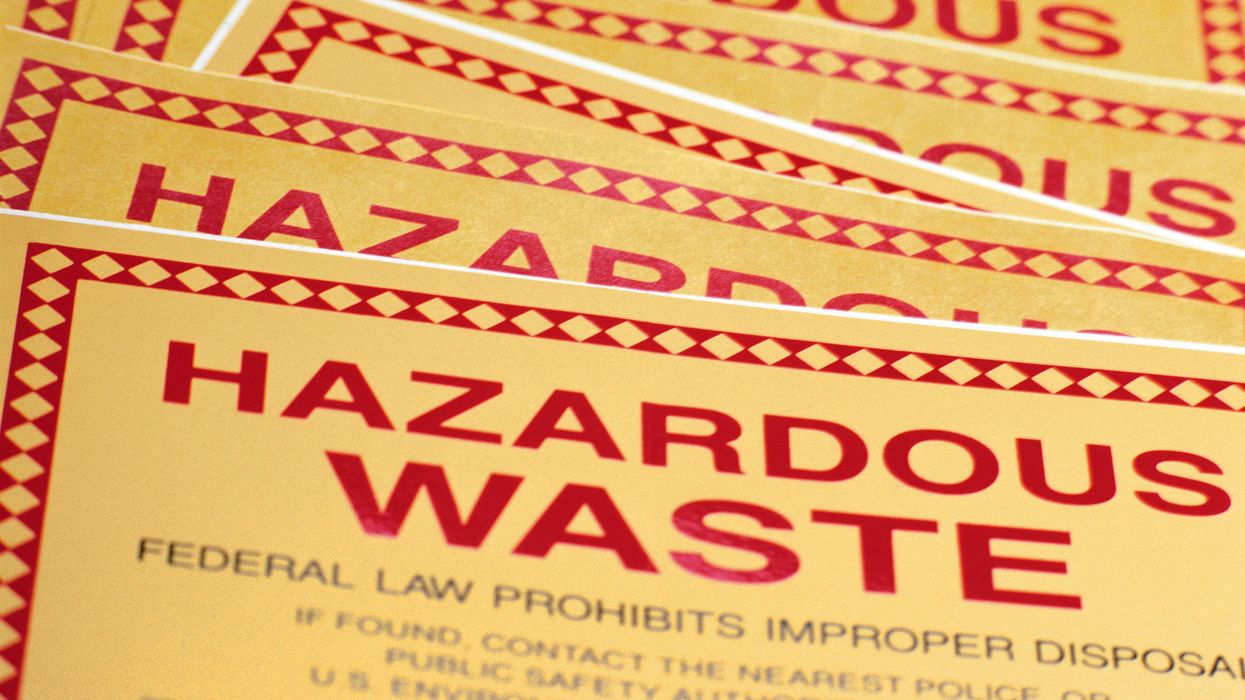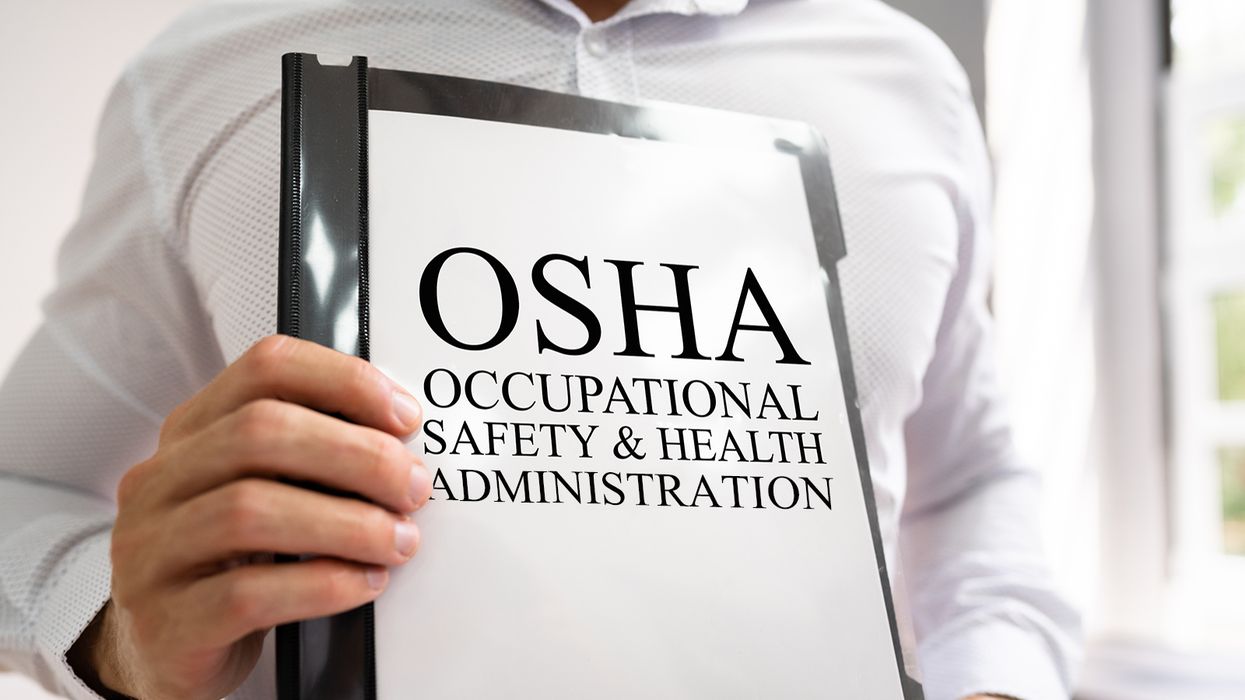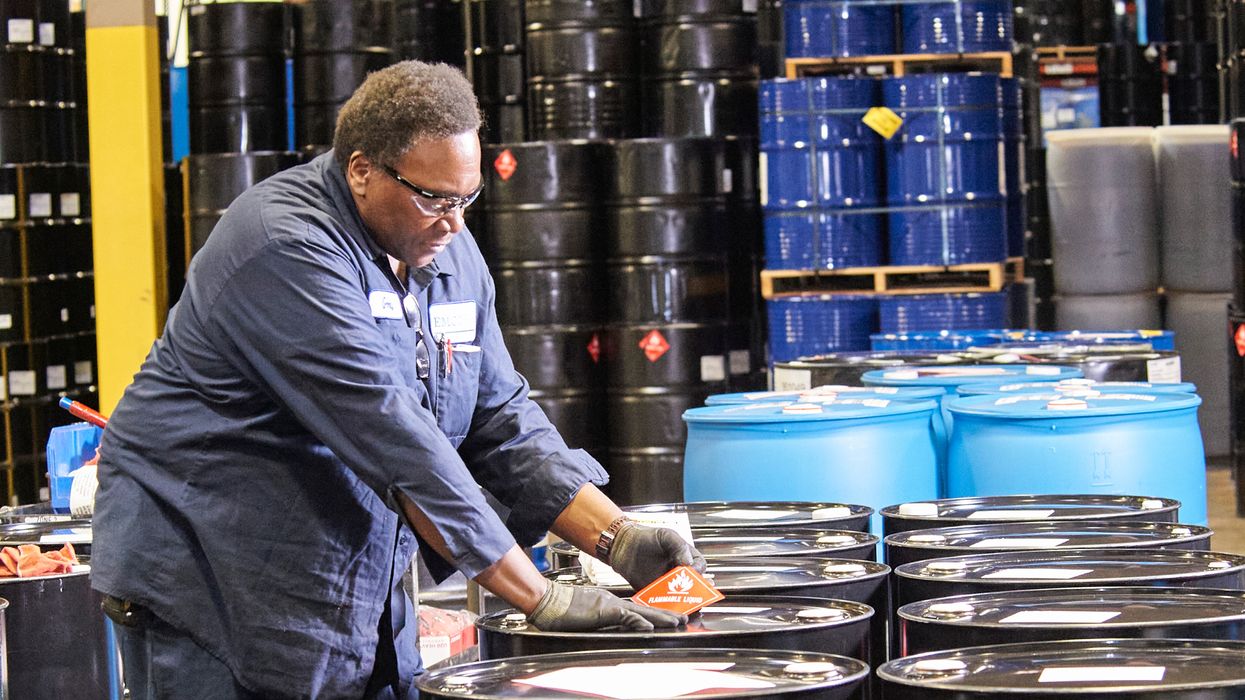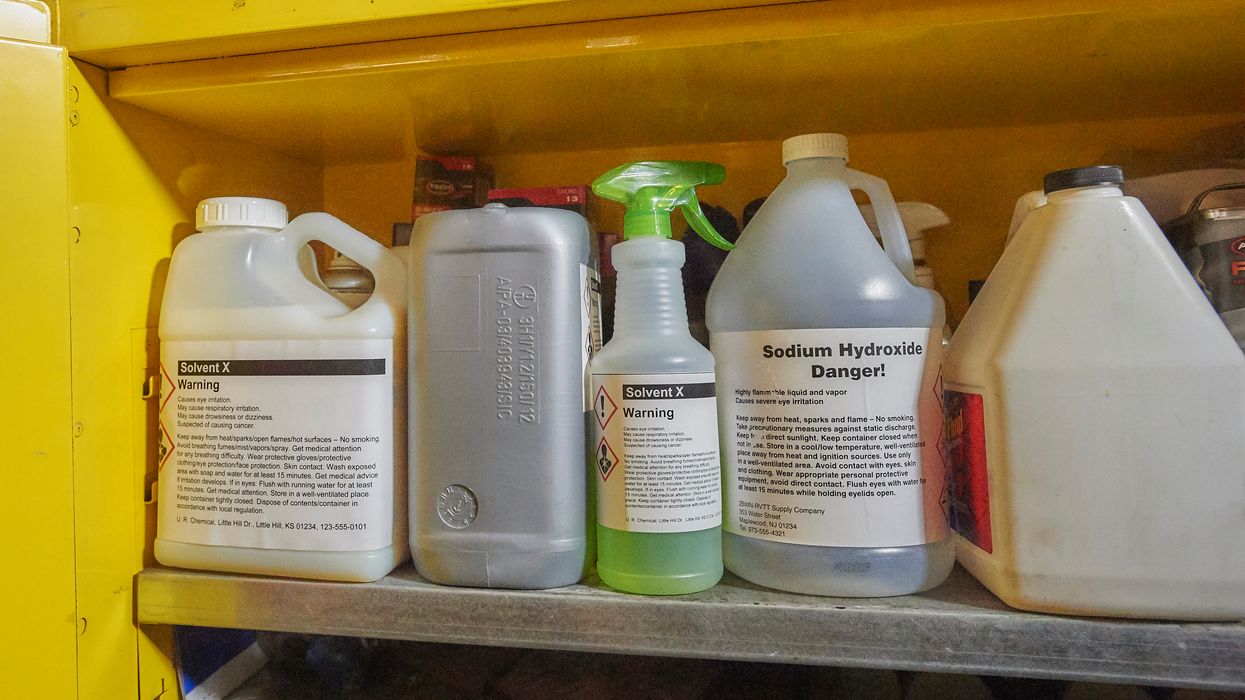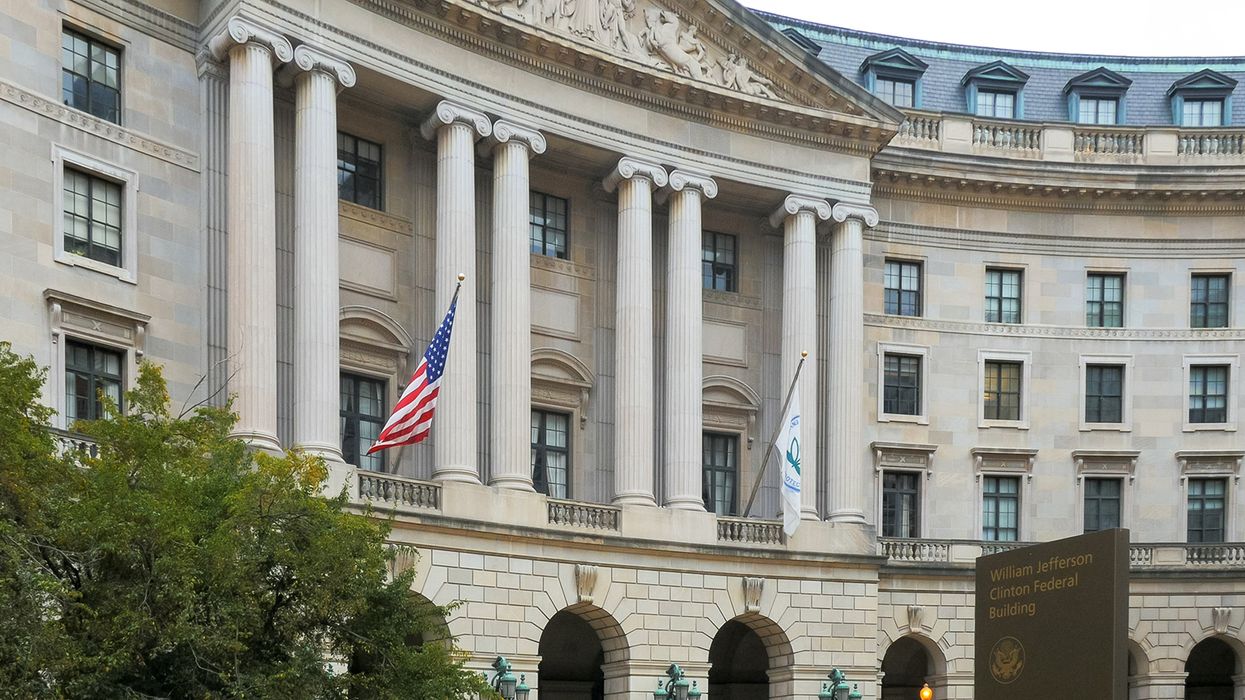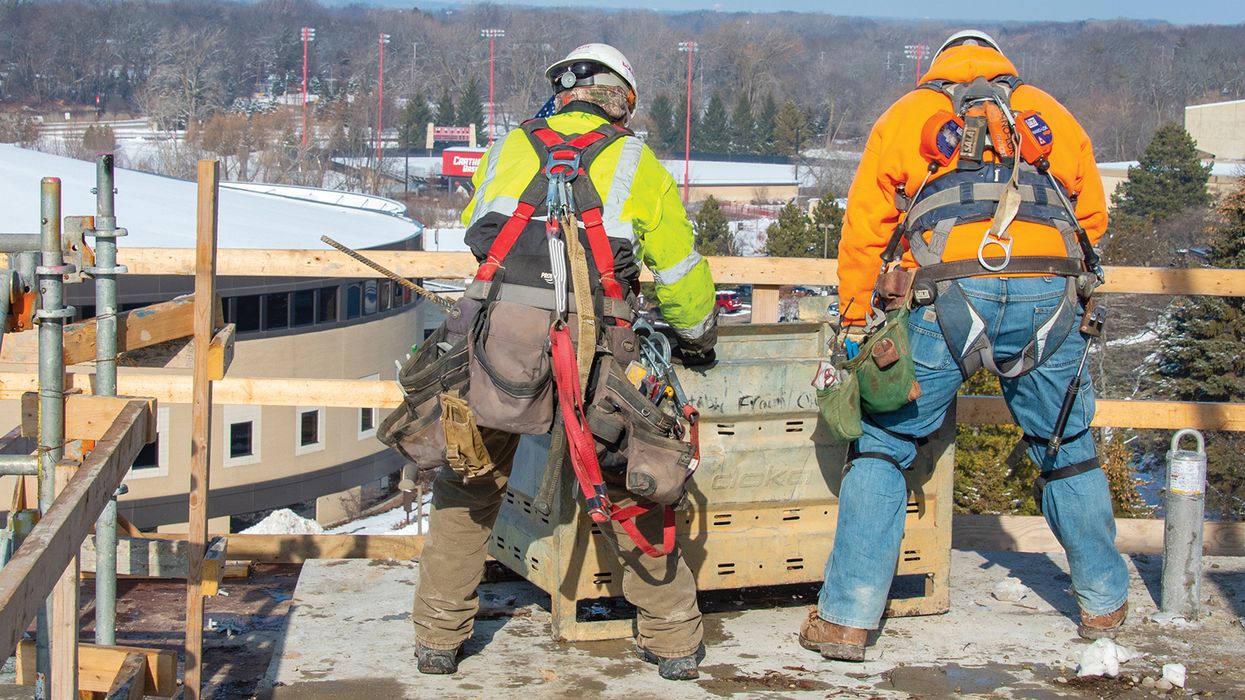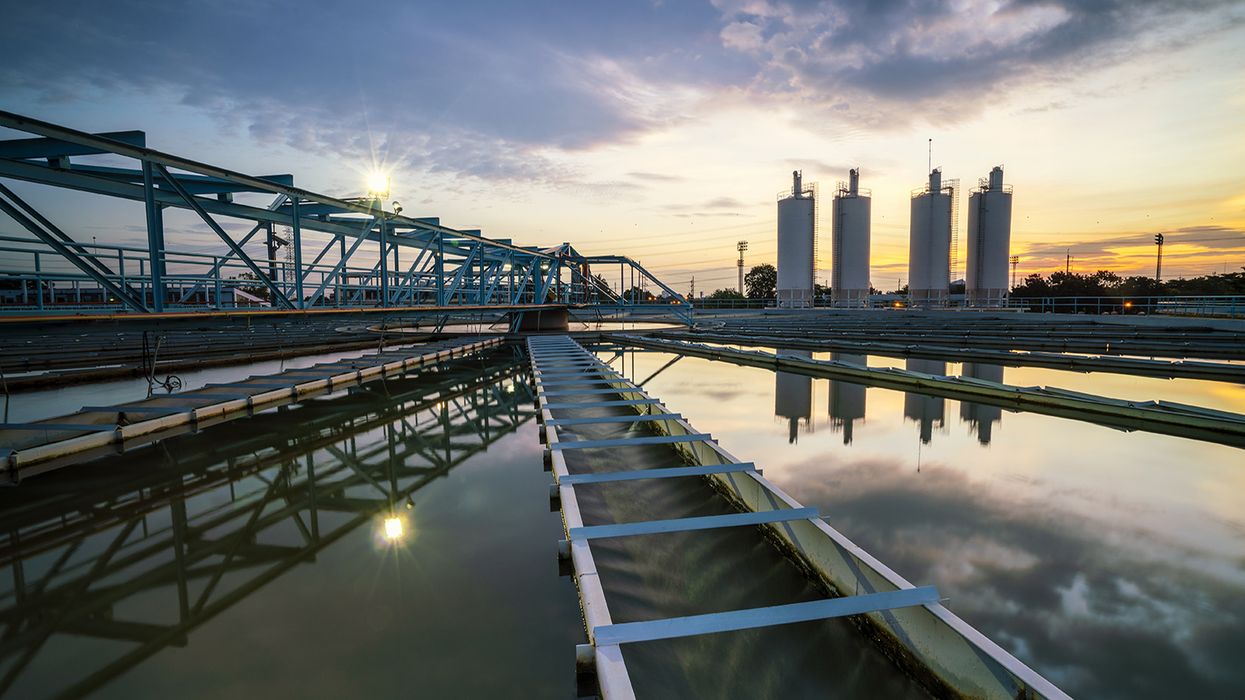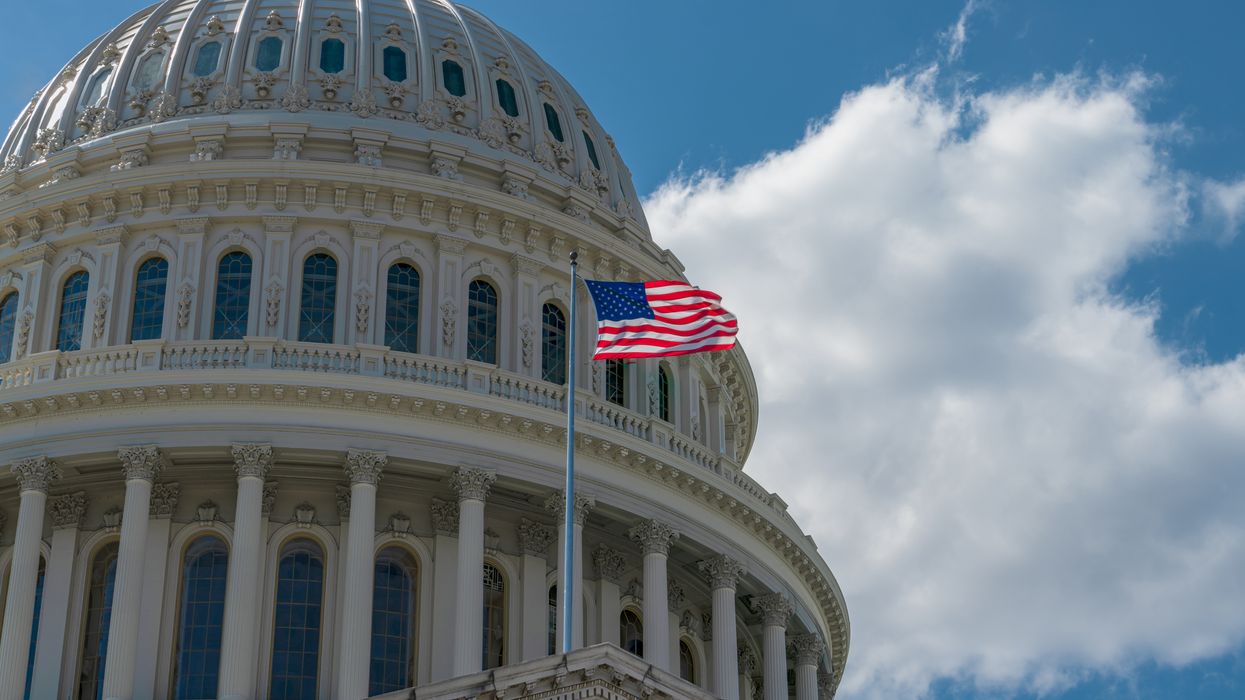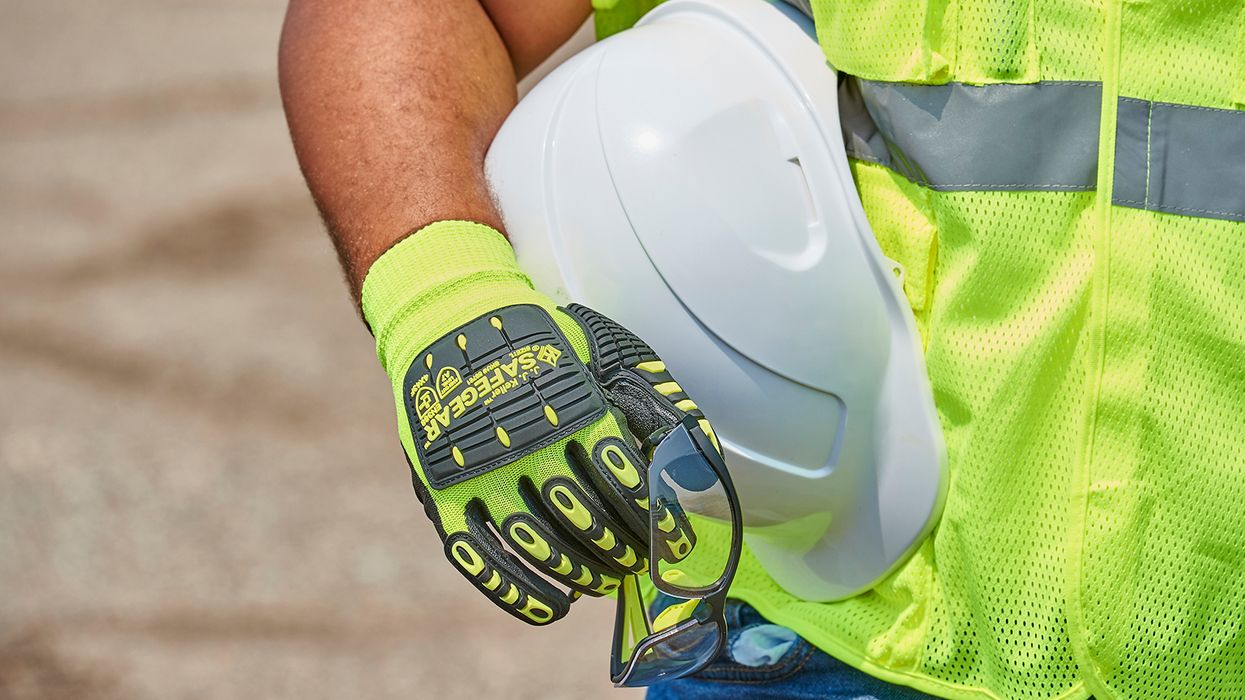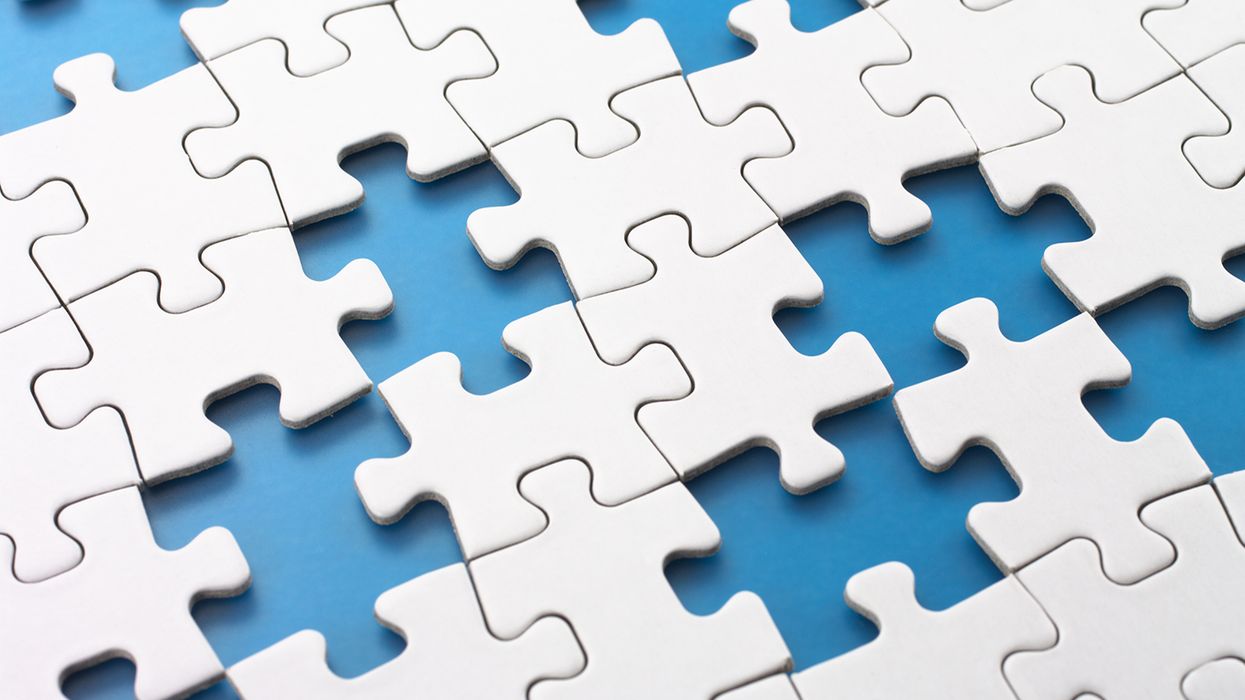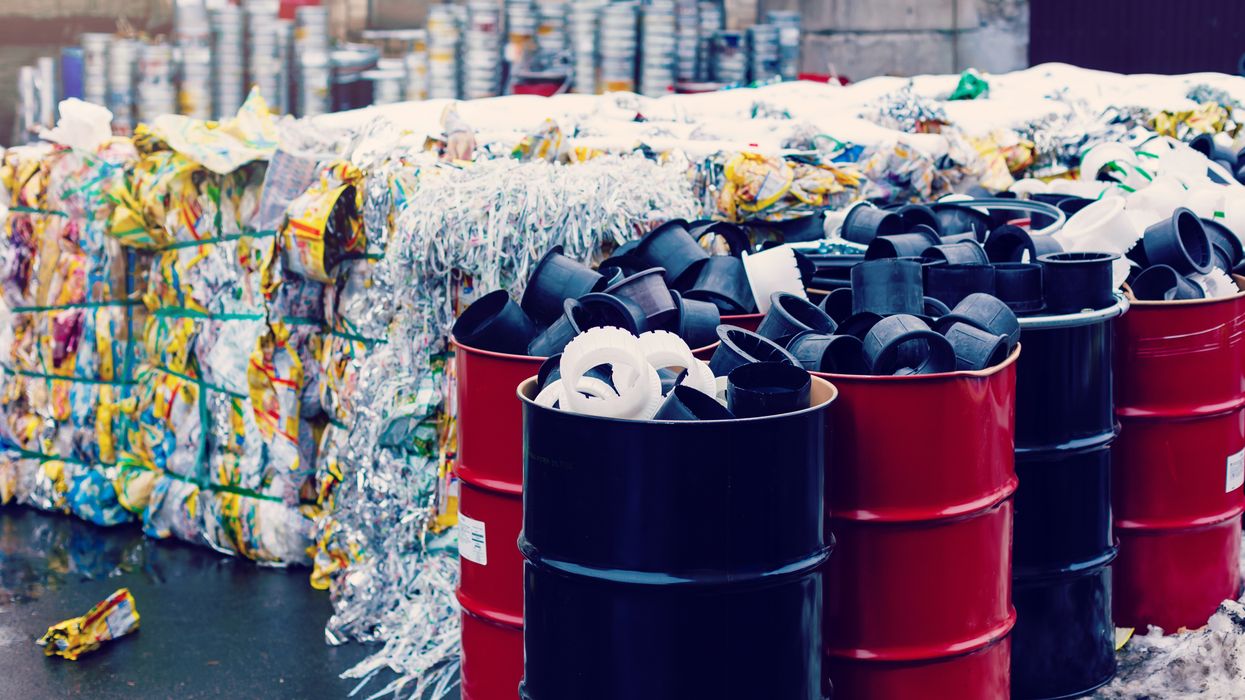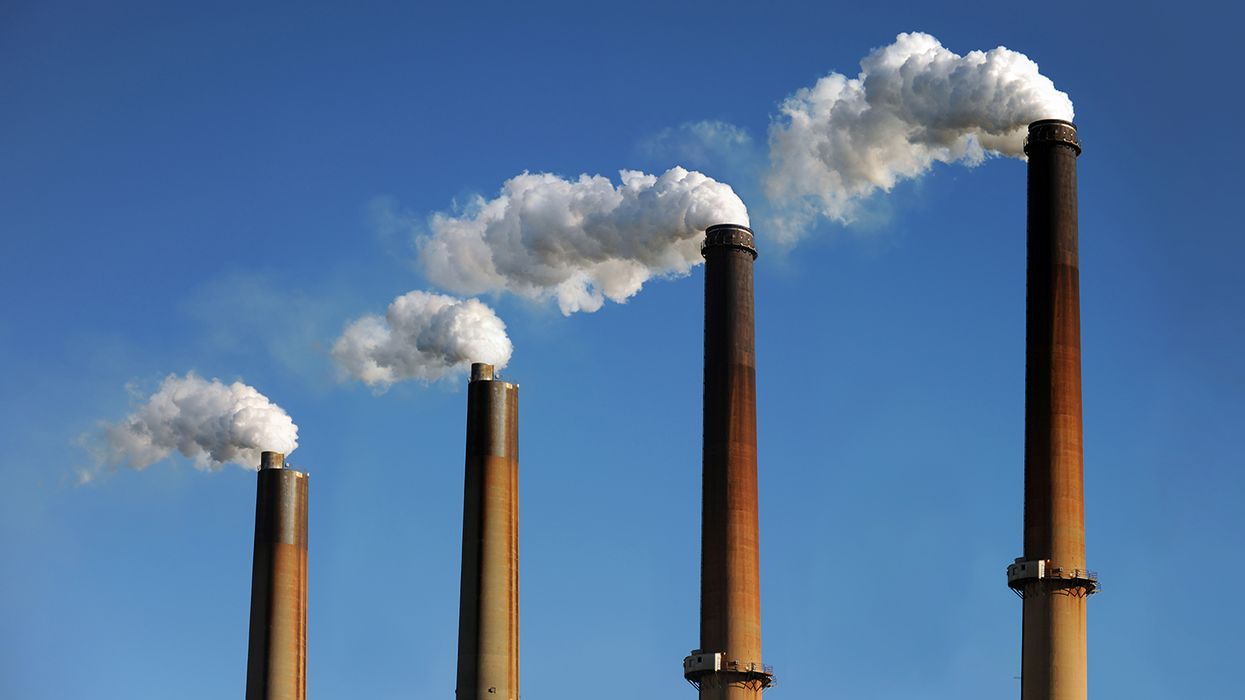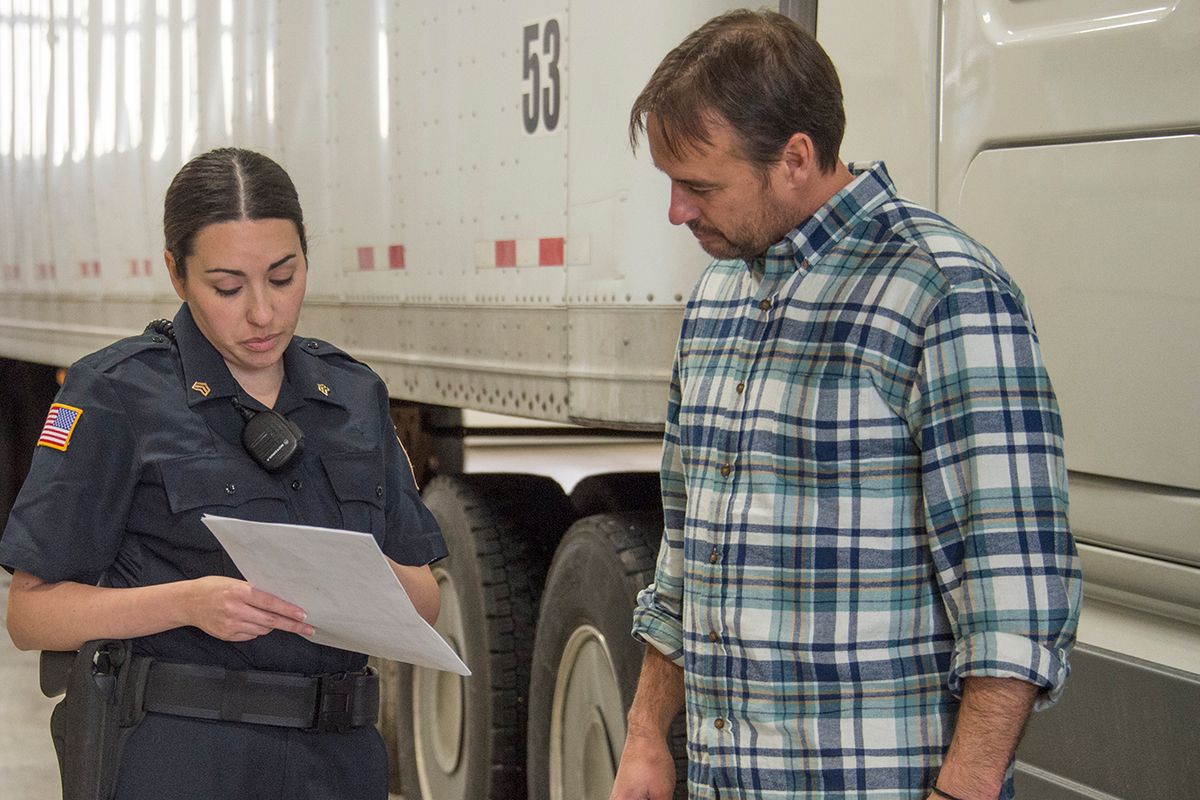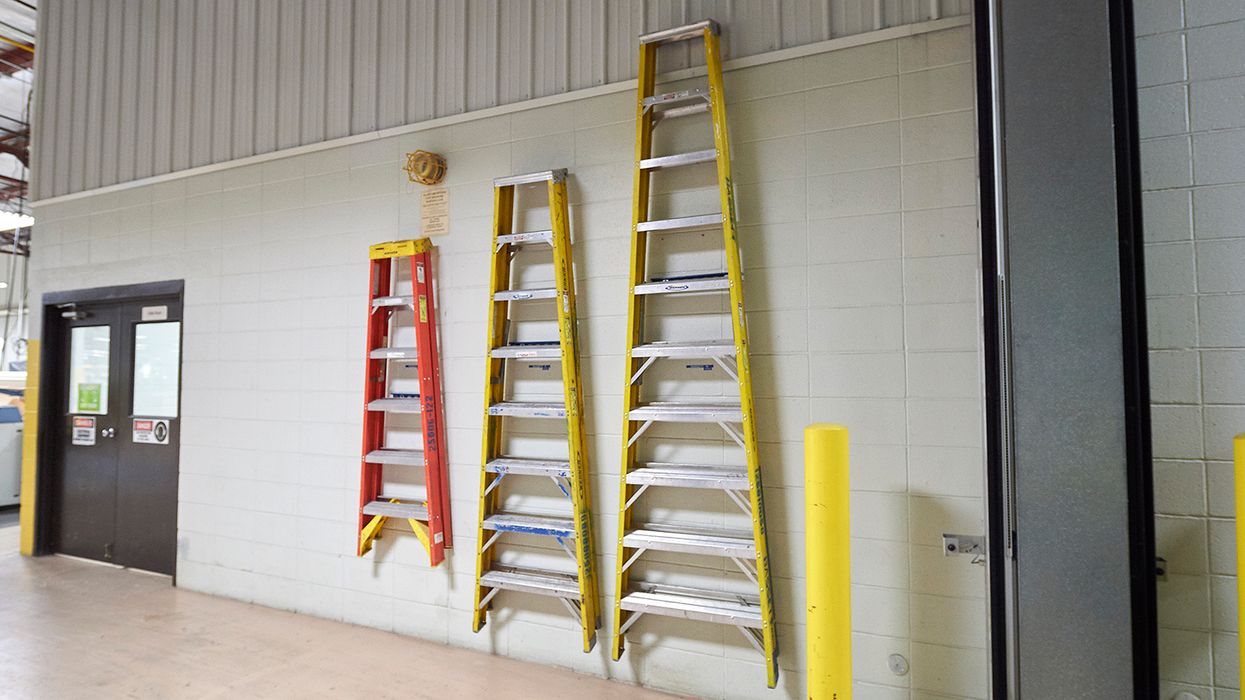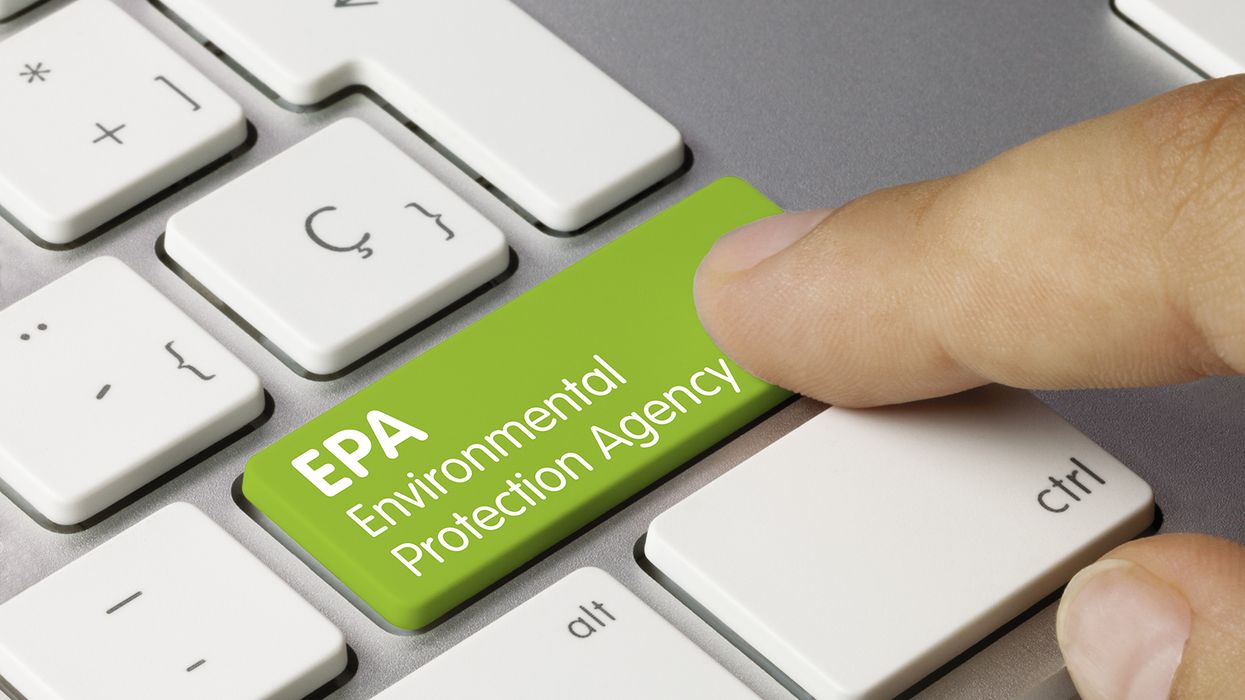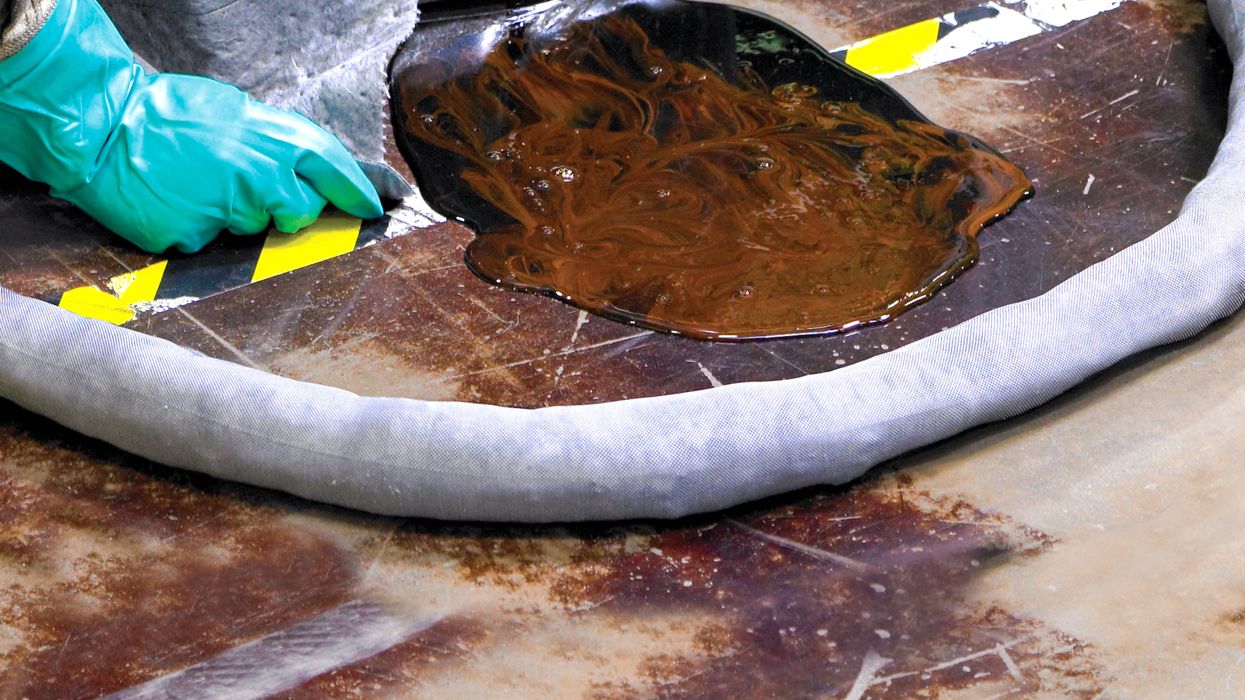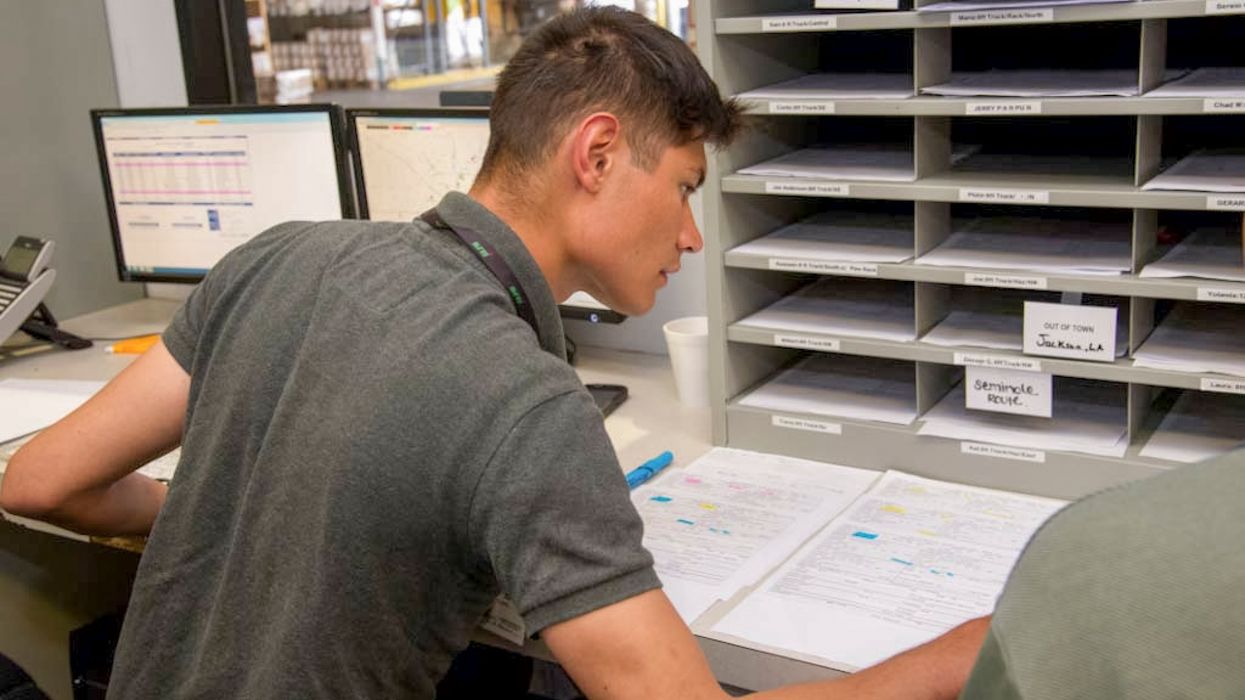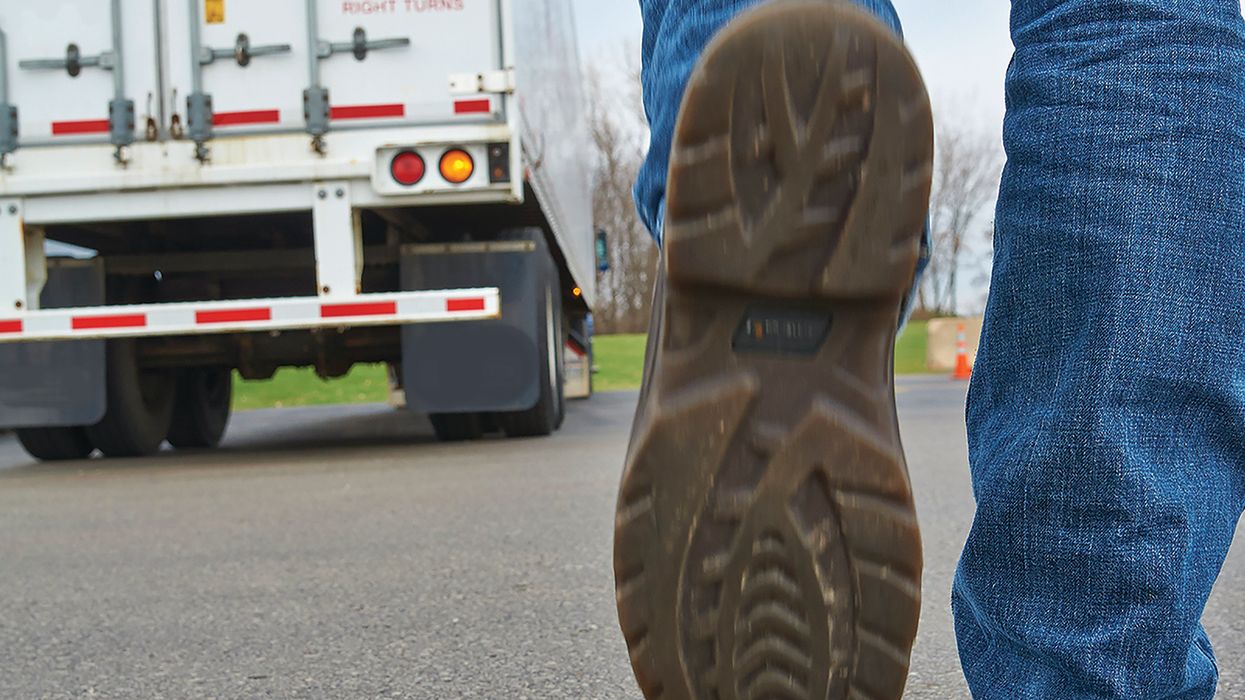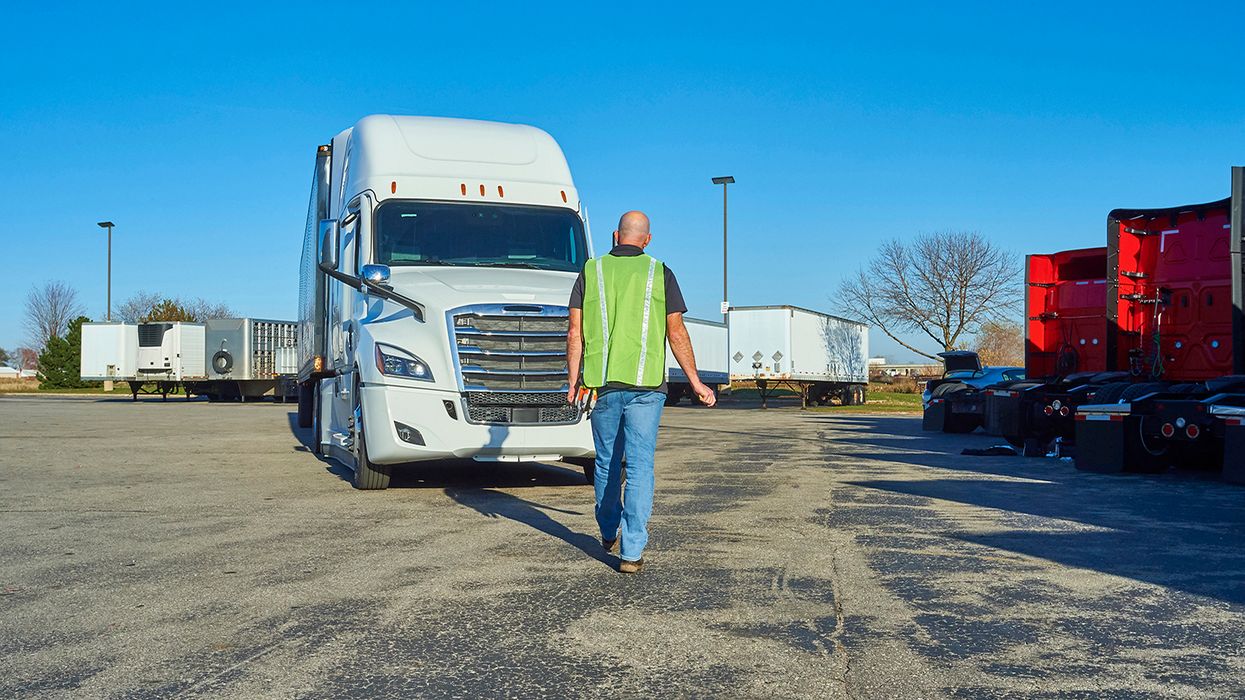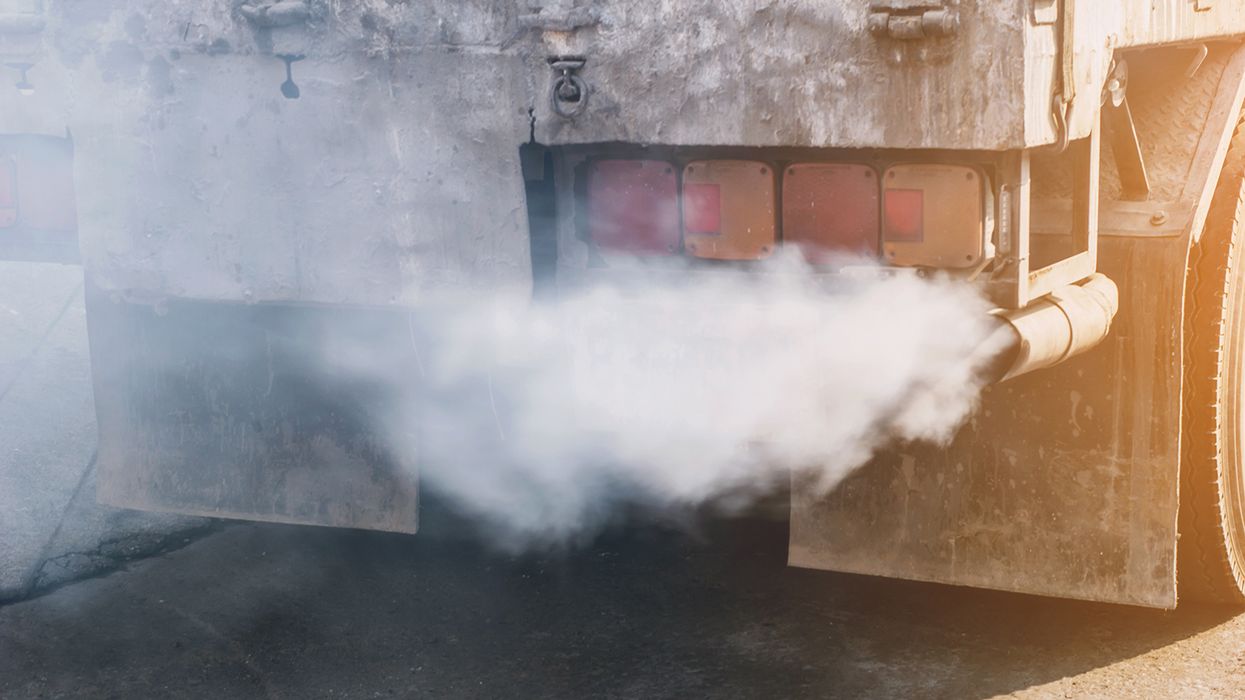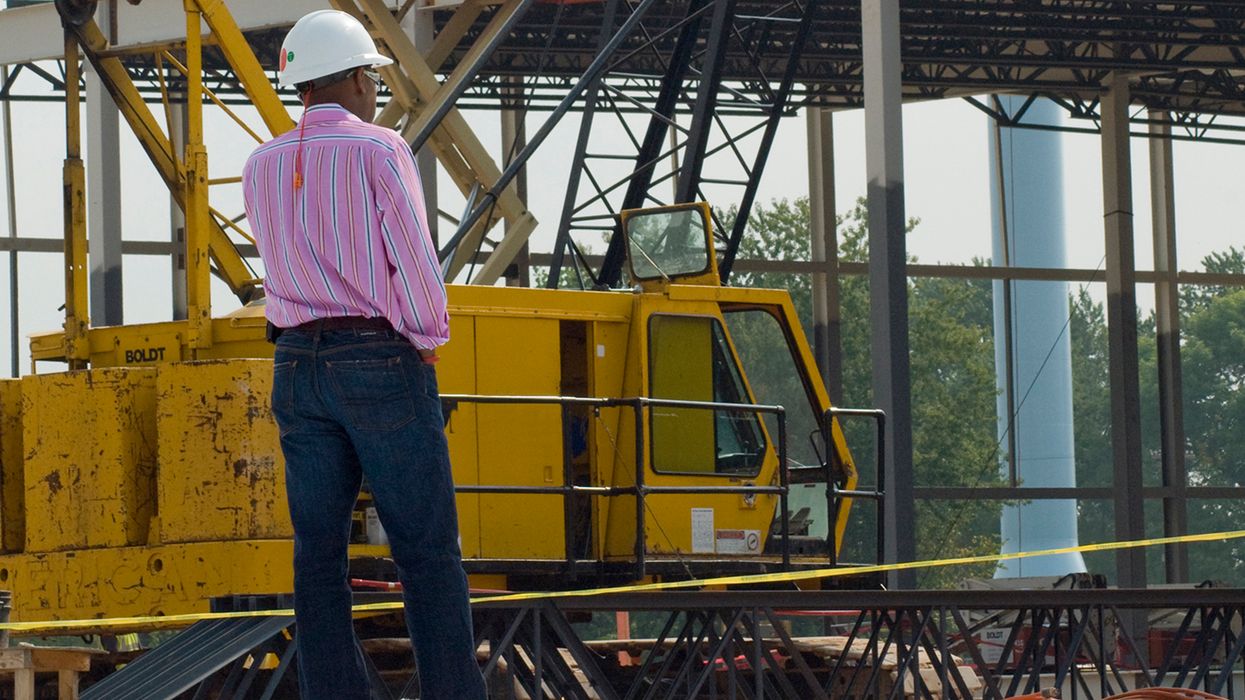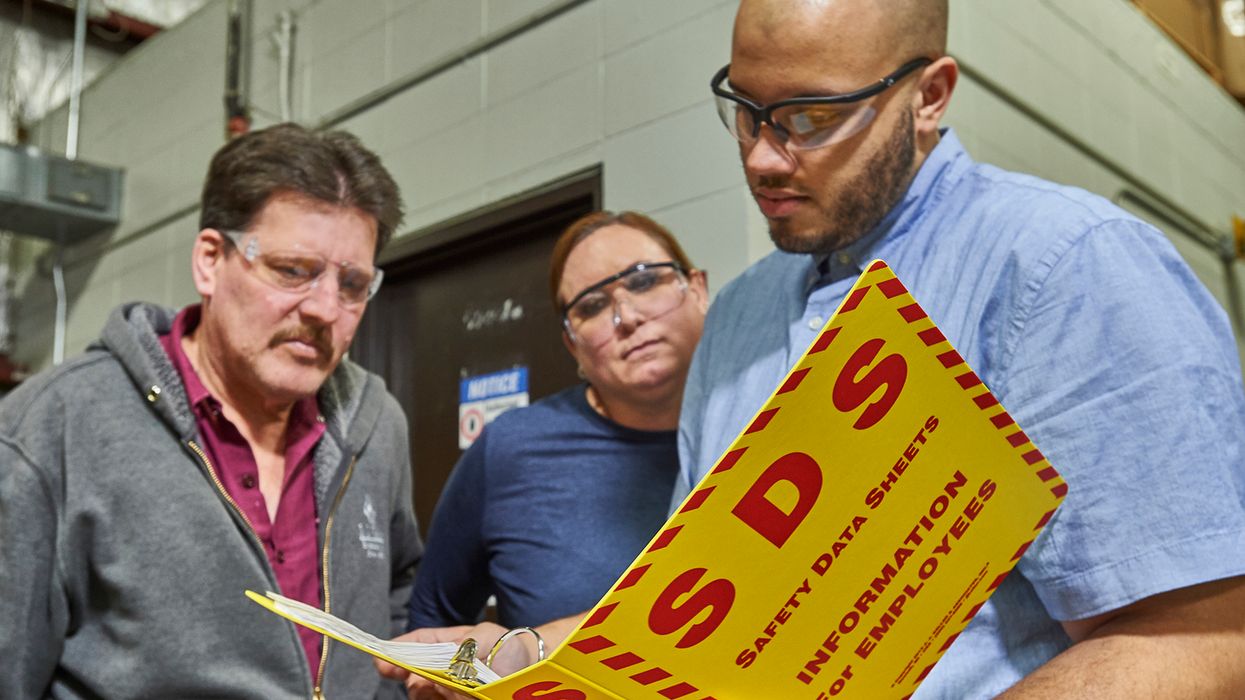EPA updates PCB regulations to enhance cleanup and disposal provisions.
EPA finalized regulatory changes for key issues related to the PCB Cleanup and Disposal Program under the Toxic Substances Control Act (TSCA). The agency increased the options for extraction and determinative methods used to characterize and verify the cleanup of PCB waste. These rules under TSCA are also referred to as the PCB regulations. The changes are expected to reduce the amount of solvent used in PCB extraction processes, which will conserve resources and reduce waste.
This new rule includes more adaptable guidelines to make it easier to clean up and safely get rid of waste that is created by accidental spills during emergencies like floods or hurricanes. This flexibility lets the Agency work together with those responsible to respond swiftly to situations where harmful PCBs are released because of natural disasters or other urgent emergencies.
Additionally, EPA finalized amendments to the performance-based disposal option for PCB remediation waste. These changes involve clear rules for cleaning up, including the need to inform the EPA and follow specific methods of testing. This ensures extra certainty that places are being cleaned up well and allows for better following of rules. Additionally, the EPA decided to get rid of the rule that allowed PCB bulk waste to be disposed of as roadbed material. This decision is made to make sure that people’s health and the environment are better protected.
The amendment also brought together the overall guidelines for getting rid of PCB waste from cleanup efforts. It also introduces other changes to enhance how the rules are put into action, clear up any confusion, and fix technical mistakes.
More specifically, the rule finalizes the following changes related to PCB manifests:
Removing the provision at 761.180(b)(3)(ii) so that the manifest tracking number no longer required to be included on the PCB annual reports for disposal and commercial storage facilities. This is because the tracking information can already be found in e-Manifest. This change will reduce the reporting burden and will make the process simpler.
Changing the categories of PCB waste in 761.207(a), as stated by the generator on the manifest, to align with the categories of PCB waste in 761.180(b)(3)(iii)-(vi), defined by the commercial storer or disposer in the annual report. The rule is also including a new sixth group called “Others.” This makes streamlines recordkeeping for disposers.
EPA is also removing references to instructions in the appendix of 40 CFR part 262 because these instructions were removed from the regulations and are instead available on EPA’s website.
Does this apply to me?
- This rule might impact facilities that manufacture, process, distribute, use, or dispose of PCBs. Such as • Electric power and light companies, natural gas companies (NAICS code 22).
- Chemical manufacturers, electronics manufacturers, end-users of electricity, general contractors (NAICS codes 31–33).
- Various modes of transportation including air, rail, water, ground, and pipeline (NAICS code 48–49).
- Owners and operators of commercial property (NAICS code 53).
- Testing laboratories, environmental consulting (NAICS code 54).
- Federal, State, and local agencies (NAICS code 92).
- PCB waste handlers (e.g., storage facilities, landfills, incinerators), waste treatment and disposal, remediation services, material recovery facilities, waste transporters (NAICS code 562).
- Repair and maintenance of appliances, machinery, and equipment (NAICS code 811).
When is it effective?
The effective date of this rule is February 26, 2024. Changes to e-Manifest to reflect the PCB final rule will be implemented in e-Manifest after the effective date. For more information on Polychlorinated biphenyls management, see our ezExplanation on PCB waste generators.
Key to remember: EPA finalized regulatory changes that address several key issues related to PCB regulations under TSCA. This becomes effective in February of 2024.

